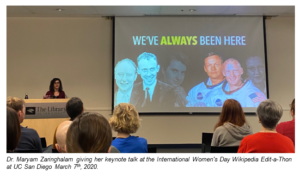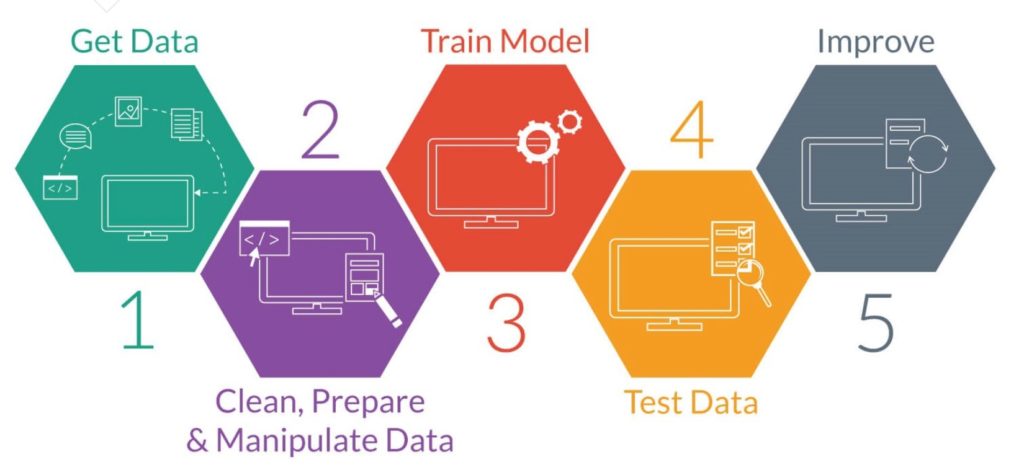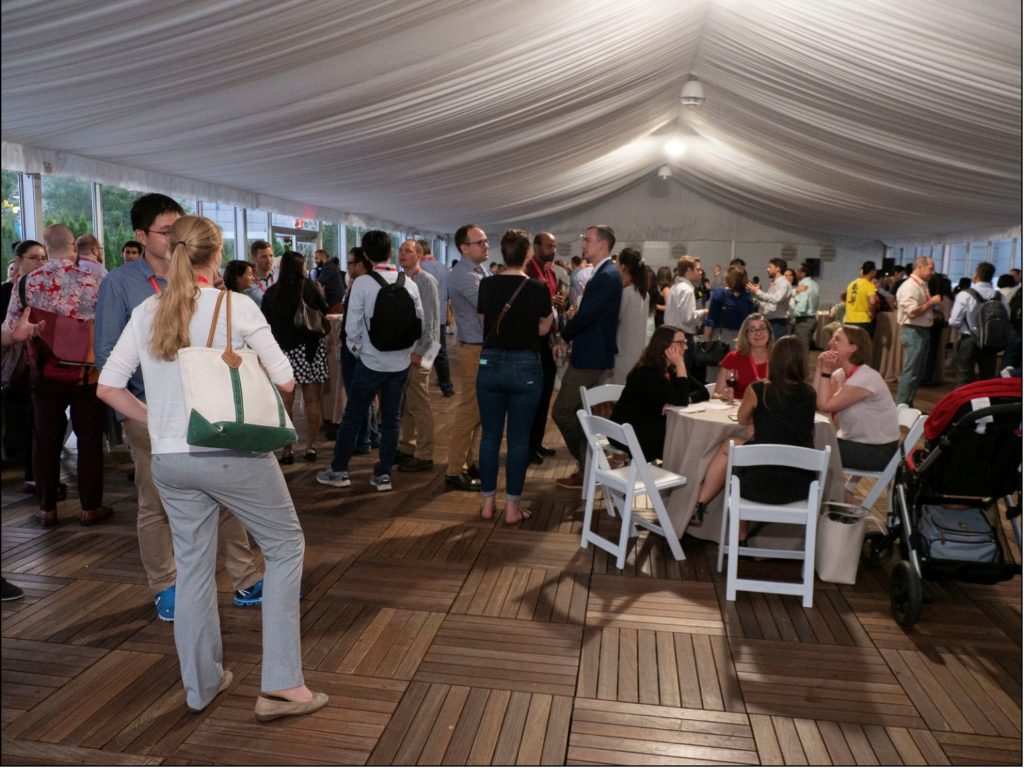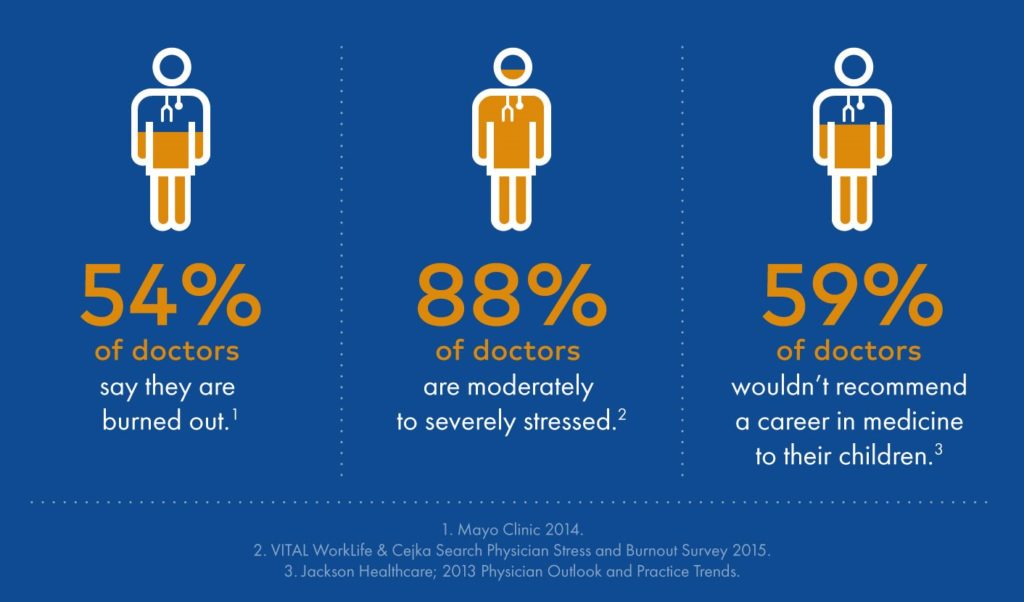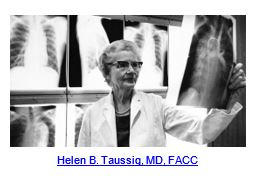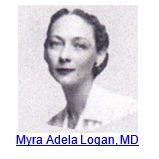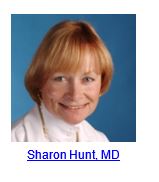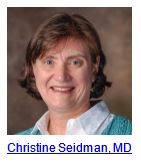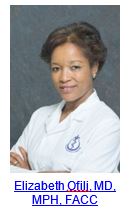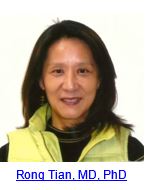Conferences in the Time of COVID
As with pretty much everything else, conference season is going to look a lot different from last year due to COVID-19. Conferences have already switched gears to go completely virtual to meet this challenge but still give scientists the opportunity to share their work with the world. Initially, I was a little bummed about the need to switch meetings to a virtual format — but I then realized that there are also some really great advantages to this situation.
As a new mother, I had already resigned myself that I wouldn’t really be able to participate much in conferences this year, but now that has completely changed. I’m actually going to attend three meetings, including the AHA BCVS conference in July, which I am really excited about. While it would be great to see everyone in person and I know that it won’t completely be the same without the social interactions many of us look forward to, the virtual format provides science opportunities to many that otherwise would have missed out. It’s important in this strange time to celebrate the positives. To get more insight on how to make the best of a virtual meeting, check out fellow blogger Shayan Mohammadmoradi’s latest piece — it’s filled with great tips!
In addition to conferences going virtual, seminars at universities and professional organizations have done the same thing. Once it was apparent that COVID-19 was changing the face of the world, The International Society for Heart Research quickly organized a virtual seminar series that has been keeping researchers from all over the world updated on the latest science. Check out the schedule here to attend any meeting you want via zoom from your home!
If you are planning a meeting, going completely virtual may seem like a daunting task, but since so many have started to work out the kinks to the online format, it’s becoming easier to find resources to help you make the event a success. Additionally, before COVID-19 took hold, many scientists were already pushing the community to move to a virtual system to combat climate change, so this switch may have been inevitable. Online meetings can be just as enriching as the in-person events that we are used to — we just have to keep an open mind.
“The views, opinions and positions expressed within this blog are those of the author(s) alone and do not represent those of the American Heart Association. The accuracy, completeness and validity of any statements made within this article are not guaranteed. We accept no liability for any errors, omissions or representations. The copyright of this content belongs to the author and any liability with regards to infringement of intellectual property rights remains with them. The Early Career Voice blog is not intended to provide medical advice or treatment. Only your healthcare provider can provide that. The American Heart Association recommends that you consult your healthcare provider regarding your personal health matters. If you think you are having a heart attack, stroke or another emergency, please call 911 immediately.”
